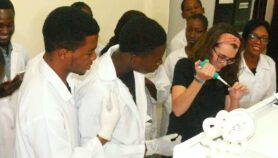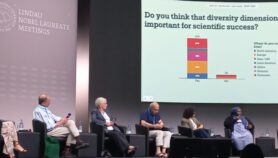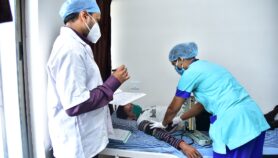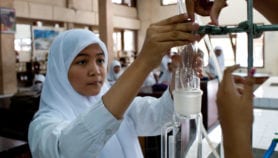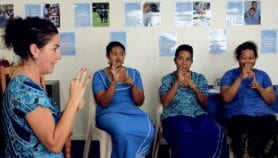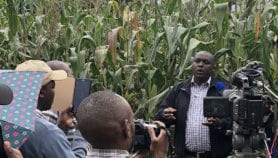By: Aleem Ahmed
Send to a friend
The details you provide on this page will not be used to send unsolicited email, and will not be sold to a 3rd party. See privacy policy.
[KARACHI] Journalists and scientists in Pakistan have agreed to work together to improve the way science is communicated to the public.
At a three-day workshop in Karachi last week they heard that the gap between researchers and the media is widening, and must be closed if science is to harnessed to improve the country’s prosperity.
Scientists and journalists at the workshop discussed problems of trying to communicate science to the public in Pakistan, and ways to solve those problems.
Those present noted how the media often misquotes scientists because the scientists use jargon instead of language a lay audience would understand.
“One has to have full command of the language in which one is communicating — be it Urdu or English,” said Iqbal Mohsin, a geologist and vice-chancellor of the Federal Urdu University of Arts, Sciences and Technology in Karachi.
The participants also noted that many universities and other research institutions lacked press offices. They added that some of those that do have press offices use them more to promote the images of senior staff than to tell people about research.
Shakeel Farooqi, a Karachi University geneticist who organised the workshop, complained that journalists and editors don’t care about the accuracy of scientific information they publish. The workshop also identified a tendency for sensationalism in science reporting in Pakistan.
Nisar Ahmed Zuberi, former chair of Karachi University’s mass communication department, suggested that to help overcome these problems, the All Pakistan Newspaper Society should create annual awards for the best science reports and features appearing in newspapers and magazines.
The Pakistan Scientific and Technological Information Center (PASTIC) offered 20,000 rupees (US$333) for each of the proposed awards.
Participants also agreed that scientists need training in how to communicate better with the media, and that journalists need training in understanding and reporting science news.
PASTIC agreed to bring together scientists and journalists to finalise outlines and study materials for two such courses, and the Higher Education Commission agreed to help to get them included in university courses in communication and science.
The participants also said that Pakistani television and radio give little prominence to science-related programmes. Although the state-owned PTV (Pakistan Television) and PBC (Pakistan Broadcasting Corporation) sometimes broadcast science programmes, discussions and interviews, it is usually at times when few people are listening or watching.
Some participants also thought that producers and directors of state-owned and private channels think audiences find science programmes dull, so they do not put much money into making them.
Responding to this complaint, Humayun Rathore, a PASTIC consultant, promised to fund science documentaries, prepared with PASTIC’s help, for state-owned channels.
The department of genetics at Karachi University organised the workshop. It was funded by PASTIC, the Pakistan Science Foundation and the Higher Education Commission.
More on Capacity building
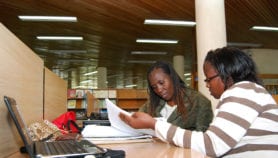
Script media release
Journalists offered ‘big break’ mentoring opportunity from Radio Nigeria
03/04/19






